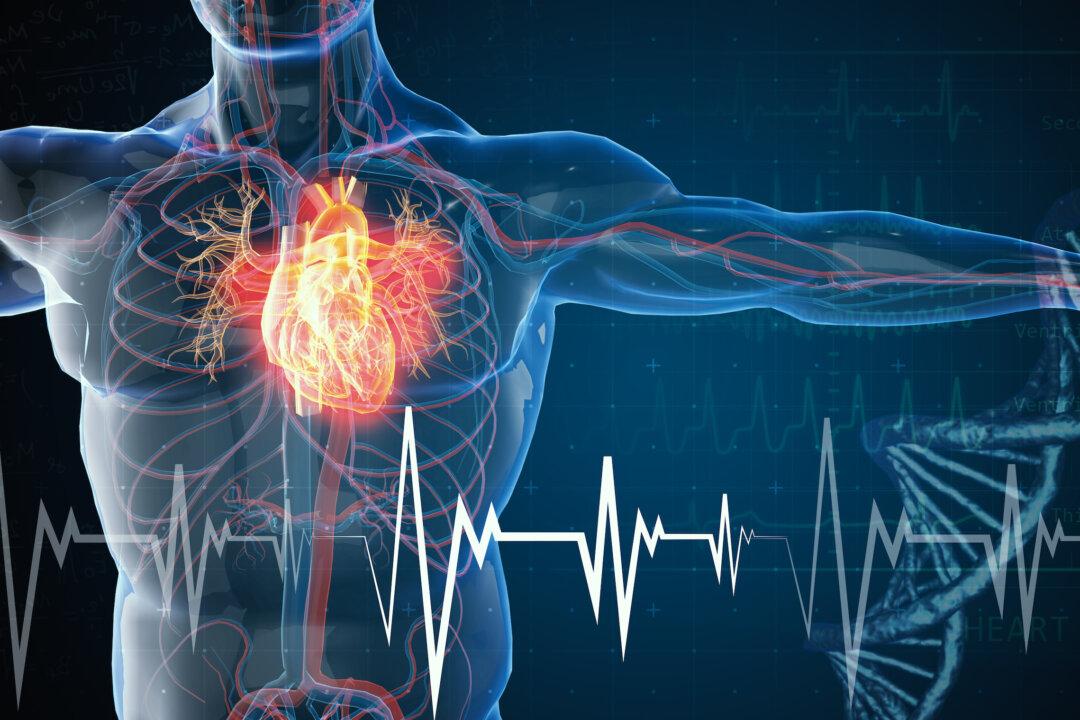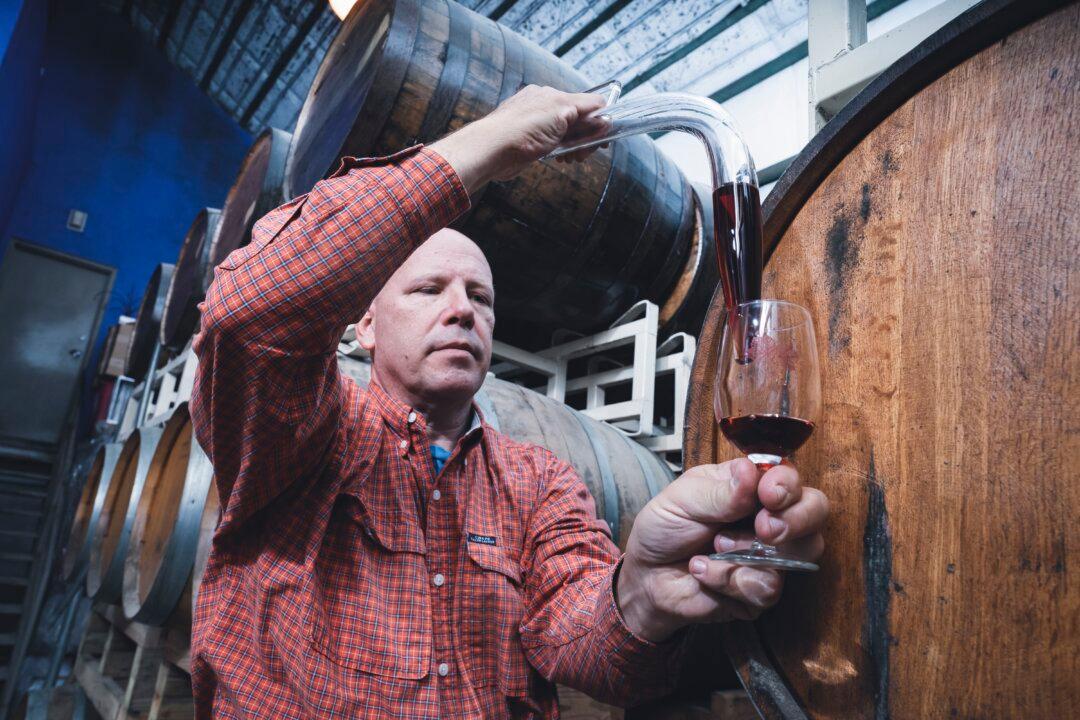Numerical scores are used in a variety of ways ranging from sports to scholarly exams to credit worthiness. Now there’s another score, one that can help in the prevention of heart disease, the leading cause of death in the U.S. According to the Centers for Disease Control and Prevention, someone dies from heart disease every 34 seconds.
However, a relatively new type of screening, known as the coronary calcium scan or heart scan, can help predict the likelihood of a heart attack by identifying the amount of calcified plaque in the coronary arteries.




